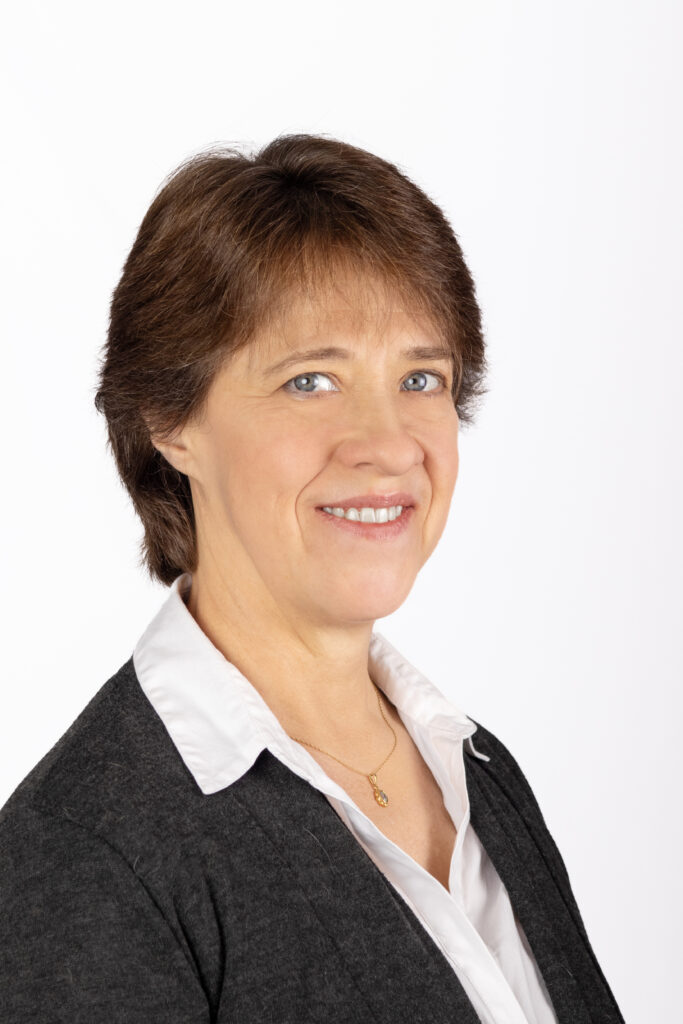Sue Randall
I work in the field of holistic trauma recovery as an energy healer and counsellor. I’ve always been highly sensitive, with healing hands. My late uncle was also a spiritual healer.
While growing up, I had several traumatic experiences, including a severe eye injury at age ten. I had a near-death experience, which led to post-traumatic stress disorder (PTSD). The year was 1975, and PTSD was not yet listed in the diagnostic manual, so my symptoms were undiagnosed and not treated. I was told to ‘snap out of it’ and ‘move forward’. I ended up having a breakdown seven years later and left school early, despite having been a so-called gifted child.
As I began to recover, with psychotherapy, I realised I wanted to help other people with similar problems. More than that, I wanted to find an approach that was better than talk therapy. Western psychology in the 1980s was not good at treating trauma and could make things worse.

I was lucky to be treated by an American intern who understood body-based methods. But she was not allowed to practice them in her therapy room. We literally had to go into a children’s play area so that she could take me through a deep relaxation exercise.
That one session did me more good than six months of talk therapy and medication. I was barely 18, and it was one of life’s most valuable lessons.
I matriculated and went to university, where I began to study psychology. There was a lapse before I finished my degrees, as I was disillusioned by neo-Freudian psychology and spent a decade immersed in Jungian thought and Eastern philosophy instead. Eventually, I finished my undergraduate degrees and went on to get a master’s degree in research psychology.
Another decade later, I qualified as a Trauma and Tension Release Exercise (TRE) provider. I found TRE amazing, yet something was not quite right for me. In the next year, I was diagnosed with Ehlers-Danlos syndrome, a genetic condition I’ve had since birth. With insight from this belated diagnosis, I started to practice a much gentler form of trauma release.
I also reconnected with my psychology background and did a university course in trauma counselling. By then, 40 years had passed since my first encounter with psychotherapy as a traumatised teenager.
The healing I offer my clients blends natural intuitive ability with learned skills in counselling and body-based recovery. My integrative approach draws from both Western and Eastern knowledge. I help clients deal with trauma in ways that focus on identity and meaning. We can never go back to who we were before the trauma. We can only become more mature and more fully ourselves. Some psychologists call this ability ‘post-traumatic growth’.
Trauma, like grief, happens deep inside and is something we cannot ignore or bypass. Dr Peter Levine says that trauma breaks a boundary in our energy system. To recover, we need to rebuild the boundary so that we stop ‘leaking’ psychic energy and can turn it towards healing. This is like a new scar starting to form over an open wound. It’s an essential first step. Many traumatised people don’t realise they are still scratching the wound in a sense, which makes recovery seem impossible.
My work is as subtle as the boundaries I help restore. I listen with my ears but also with my hands. My integrated approach sets me apart from most counsellors and therapists. My approach is
- educational
- psychospiritual
- emtionally supportive
I’m not a registered healthcare practitioner and my fees are not covered by medical aids. I help people understand their mind-body system and feel more comfortable within it.
Healing after trauma comes from the parasympathetic nervous system, which by its nature is passive. Yet trauma often locks us into a sense of needing to be active rather than passive. I help clients ease into a restful healing zone where they can find new balance and wholeness.








